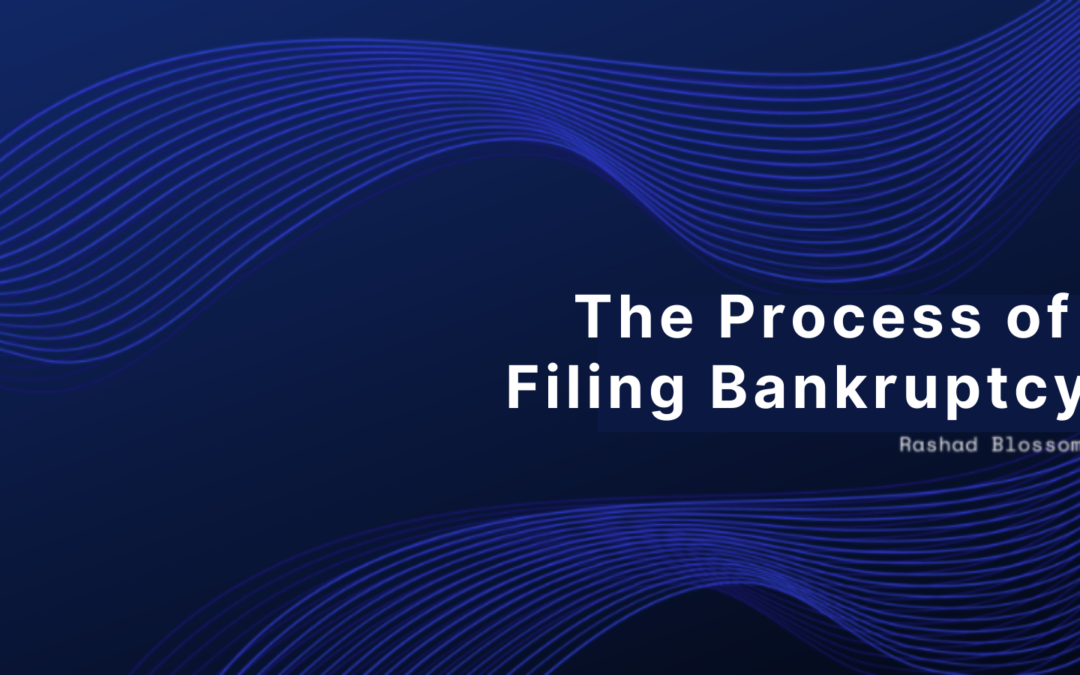Bankruptcy involves more than paying a filing fee and listing creditors. It’s paperwork-intensive, quite complicated and should involve you consulting with a bankruptcy attorney.
The Process of Filing Bankruptcy
Before beginning the bankruptcy process, here is what to do:
1. Gather Necessary Documentation and Information
One needs to gather information on their income and debts from the following documents:
- Past six months of paychecks
- Past two years of income tax filed returns
- Copies of all current due bills
- Copies of documents that creditors sent
- Credit reports
2. Estimating the Value of Assets
One must provide a list of their possessions and estimates of value, no matter their worth. For automobiles and real estate, online valuation estimates may be enough. But for household items and personal items like valuable art, clothing, jewelry, you may need an appraisal.
3. Calculating Expenses
You’re required to provide your monthly expenses for things such as:
- Insurance
- Lease or car loan payment
- Mortgage or Rent
- Food
- Clothing
- Gas and maintenance
- Medical expenses
4. Completing the Bankruptcy Petition, Schedules and Statements
This is the more difficult part. And I reiterate – though you’re not required to – you should probably hire an attorney to handle the entire filing process for you. You can lose assets if the papers are not completed correctly, or if you complete papers for the wrong chapter of bankruptcy.
5. Take the Pre-Bankruptcy Credit Counseling Course
Every individual who files for bankruptcy, must complete a credit counseling course before filing. The course can be completed via telephone or online and usually can be done in 90 minutes or less.
What to Expect After Filing for Bankruptcy
Once you file for bankruptcy, you receive a number for your case. Creditors will also get a notice of the filing. A few days after filing for bankruptcy, a meeting will be set for you to meet with the bankruptcy trustee and your creditors, if any of them decide to appear.
The final step is receiving a discharge order, which frees you of all dischargeable debt. You will receive the discharge order about 3 – 4 months after filing a chapter 7 bankruptcy. You will receive a discharge order in a chapter 13 case after you’ve made all your plan payments, which typically takes 3 – 5 years.
